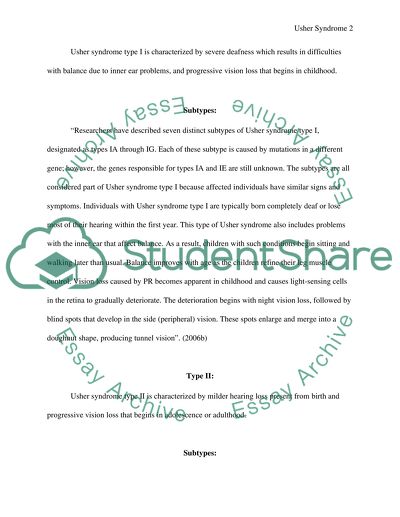Cite this document
(“Causes of usher syndrome Essay Example | Topics and Well Written Essays - 2750 words”, n.d.)
Retrieved from https://studentshare.org/health-sciences-medicine/1526671-causes-of-usher-syndrome
Retrieved from https://studentshare.org/health-sciences-medicine/1526671-causes-of-usher-syndrome
(Causes of Usher Syndrome Essay Example | Topics and Well Written Essays - 2750 Words)
https://studentshare.org/health-sciences-medicine/1526671-causes-of-usher-syndrome.
https://studentshare.org/health-sciences-medicine/1526671-causes-of-usher-syndrome.
“Causes of Usher Syndrome Essay Example | Topics and Well Written Essays - 2750 Words”, n.d. https://studentshare.org/health-sciences-medicine/1526671-causes-of-usher-syndrome.


